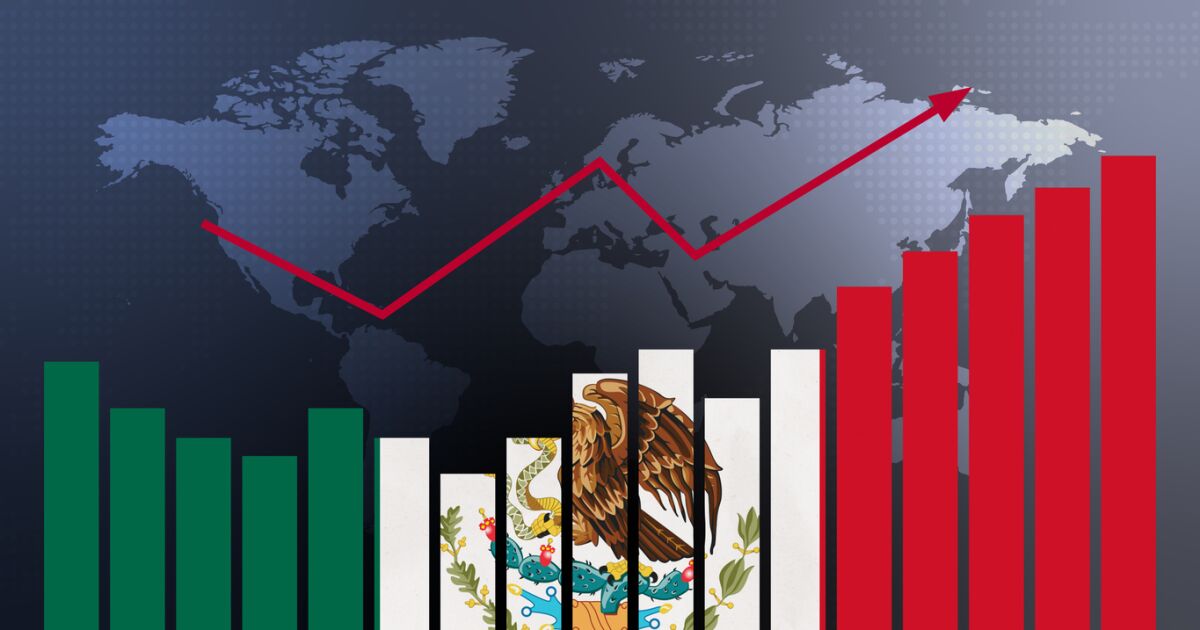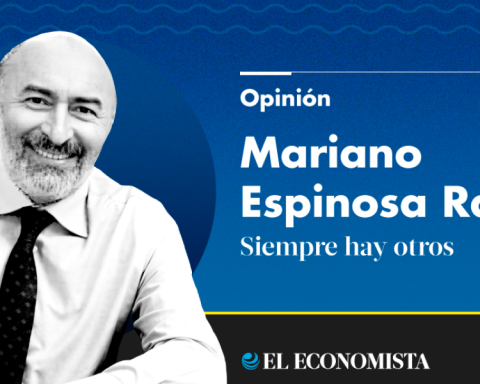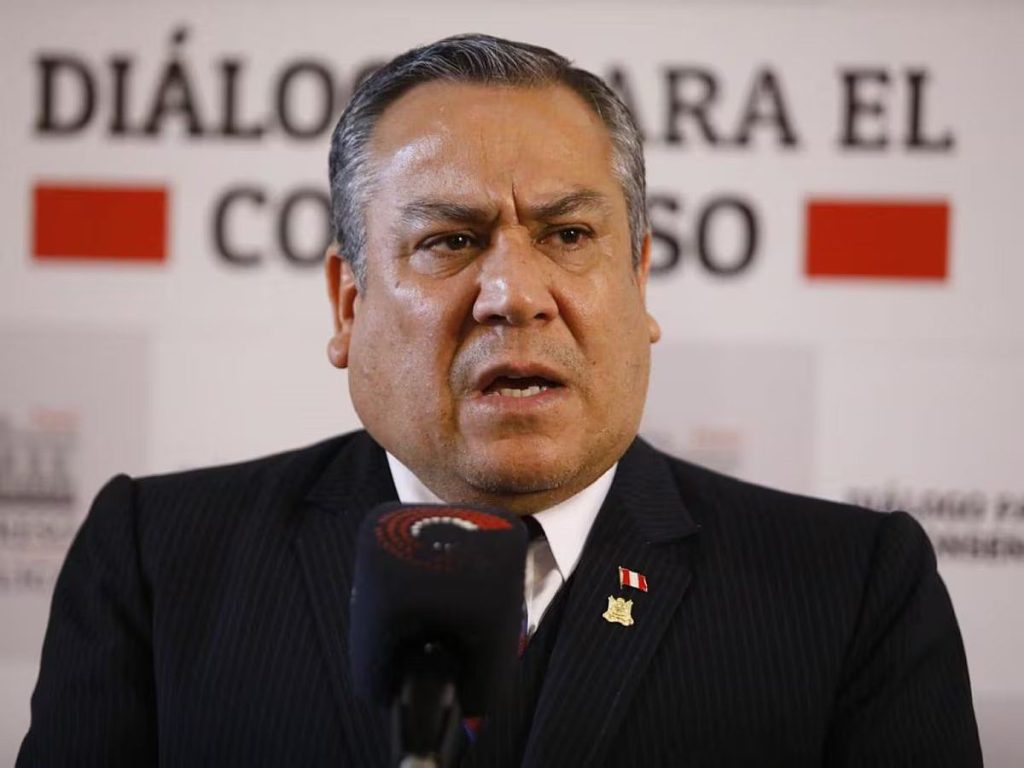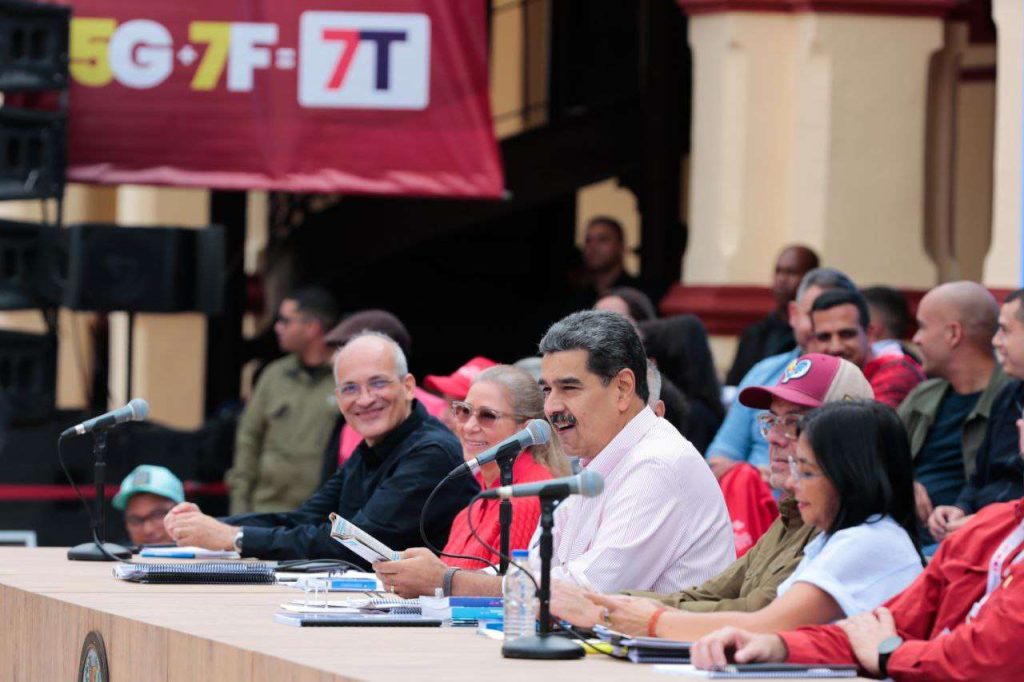Long term
The Treasury has identified two main long-term risks:
– Aging and pensions
Although the population in Mexico is “predominantly young,” this situation will gradually change due to the aging of the population. By 2050, the group of older adults will represent a percentage of 24-1% and the group of children and young people 12.8% and 22.3%, respectively.
The above implies “an increase in the demand for health services and greater financial obligations to cover the increase in contributory and non-contributory pensions,” said the Treasury.
The agency indicates that, in the medium term, pressures caused by the ongoing pension payment of the old pay-as-you-go system persist.
Regarding non-contributory pensions, 483,428 million pesos will be allocated for the Well-being Pension next year, and that, between 2024 and 2030, the fiscal cost of the pension would increase by less than 0.5% of GDP.
“The elements that can generate a variation in the estimate are: the real growth of pensions, the variation in the minimum retirement age, the evolution of the elderly (change in projected longevity) and the modification of the granting policy. of pensions.
– Natural disasters
The Treasury has a system that allows it to estimate the losses, frequency, intensity and potential economic losses of natural disasters such as: earthquakes, tropical storms and hurricanes. The agency estimates between 12,000 million pesos, 13,000 million and 39,000 million in losses due to these phenomena.
Tax buffers
The Mexican government has a battery of fiscal buffers that allow it to “reduce the risks” that could generate pressure on public finances:
- Stabilization Funds such as the Budget Income Stabilization Fund, which as of September of this year had 51,000 million pesos.
- The Income Stabilization Fund of the Federal Entities and the Mexican Petroleum Fund, which in the same period had 13,000 million pesos and 24,000 million, respectively.
- Likewise, there is an oil hedging strategy to cover the federal government’s income from reductions in hydrocarbon prices.
- There is also a flexible line with the International Monetary Fund (IMF) for 36,000 million dollars to face.
- There is a swap line with the United States Treasury for $9 billion.
- As of November 1 of this year, international reserves totaled 226 billion dollars.
- Exchange rate flexibility, which allows absorbing external shocks.
- Diversification strategy of these in the public debt portfolio to cushion increases in financial costs.
- Mexico has a public debt mostly in national currency and at a fine rate, which allows it to face the risks of exchange rates, interest rates and refinancing.
- Finally, there are four catastrophic bonds valid between 2024 and 2028 for a total of 595 million dollars with coverage against losses derived from earthquakes of different magnitudes and hurricanes.
















